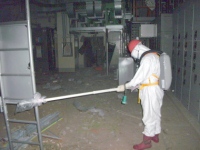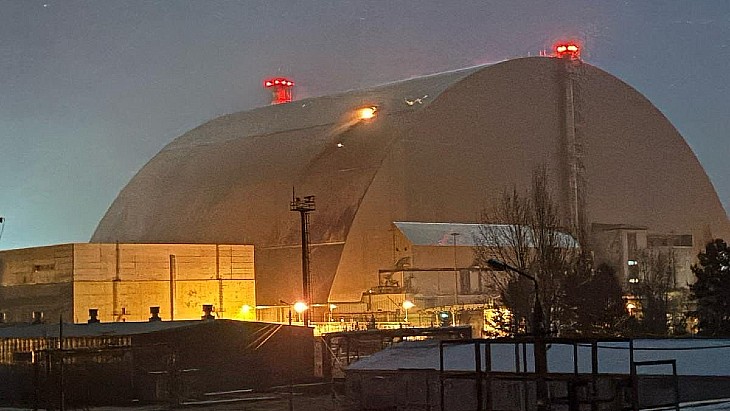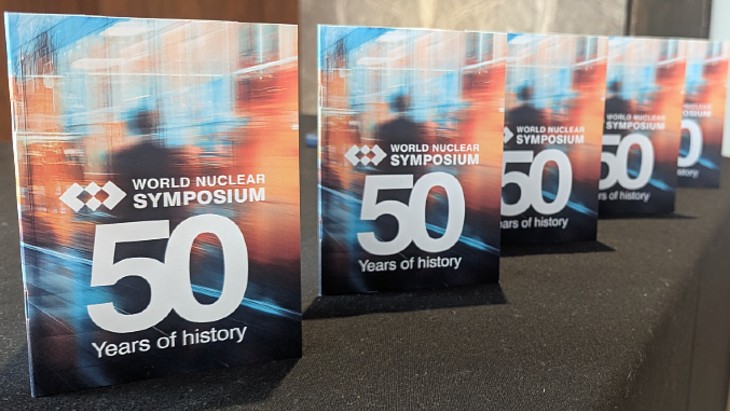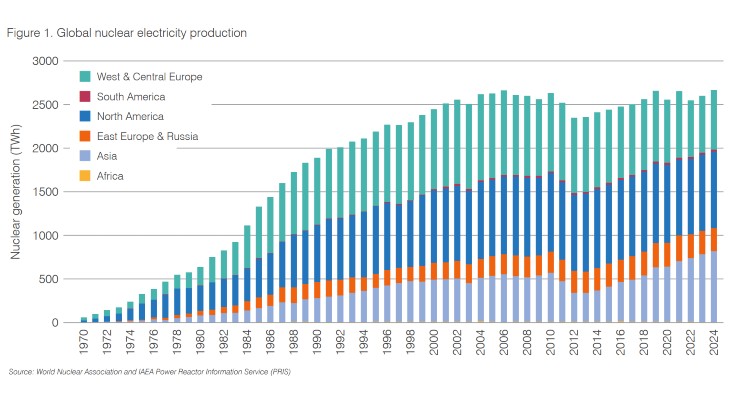Equipment is in place to filter air in Fukushima Daiichi 1 that should make conditions inside more workable within a few days.
 |
| A worker looks down to a display when measuring radiation inside Fukushima Daiichi 1 yesterday |
This basic method continues at units 1 to 3, although fresh water has been used for some time to avoid damaging pumping systems. Tepco had hoped to bring normal systems back into operation within days of reconnecting external power - they had been working normally in the period between the earthquake and tsunami - but has not been able to achieve this so far.
Twelve workers re-entered the reactor building of unit 1 yesterday for about 90 minutes and in that time installed four ducts to carry air through an exit to a filtration system, and four more to take it back to another area. With this cycling and filtering of the air, conditions should be more workable within about three days and within about a week Tepco engineers want to begin work on a longer-term circuit for the passage of injected cooling water.
The maximum radiation level in the building was about 93 millisieverts per hour, which would have used a large part of the emergency budget of 250 millisieverts overall dose to each worker. Earlier robotic surveys had revealed general radiation dose rates of 10-49 millisieverts per hour across the building, although one area was as high as 1100 millisieverts per hour.
Water injection
After experimenting with a temporary injection rate of ten tonnes per hour, Tepco has increased the rate of water injection to unit 1 from six to eight tonnes per hour in a bid to completely submerge the core. During normal operation water levels are stable at over four metres above the top of the fuel assemblies.
Water temperatures in the core of unit 3 have increased in recent days from about 110ºC to over 140ºC. Tepco has increased the rate of water injection in response, speculating the flow of water may have been reduced.
Researched and written
by World Nuclear News












